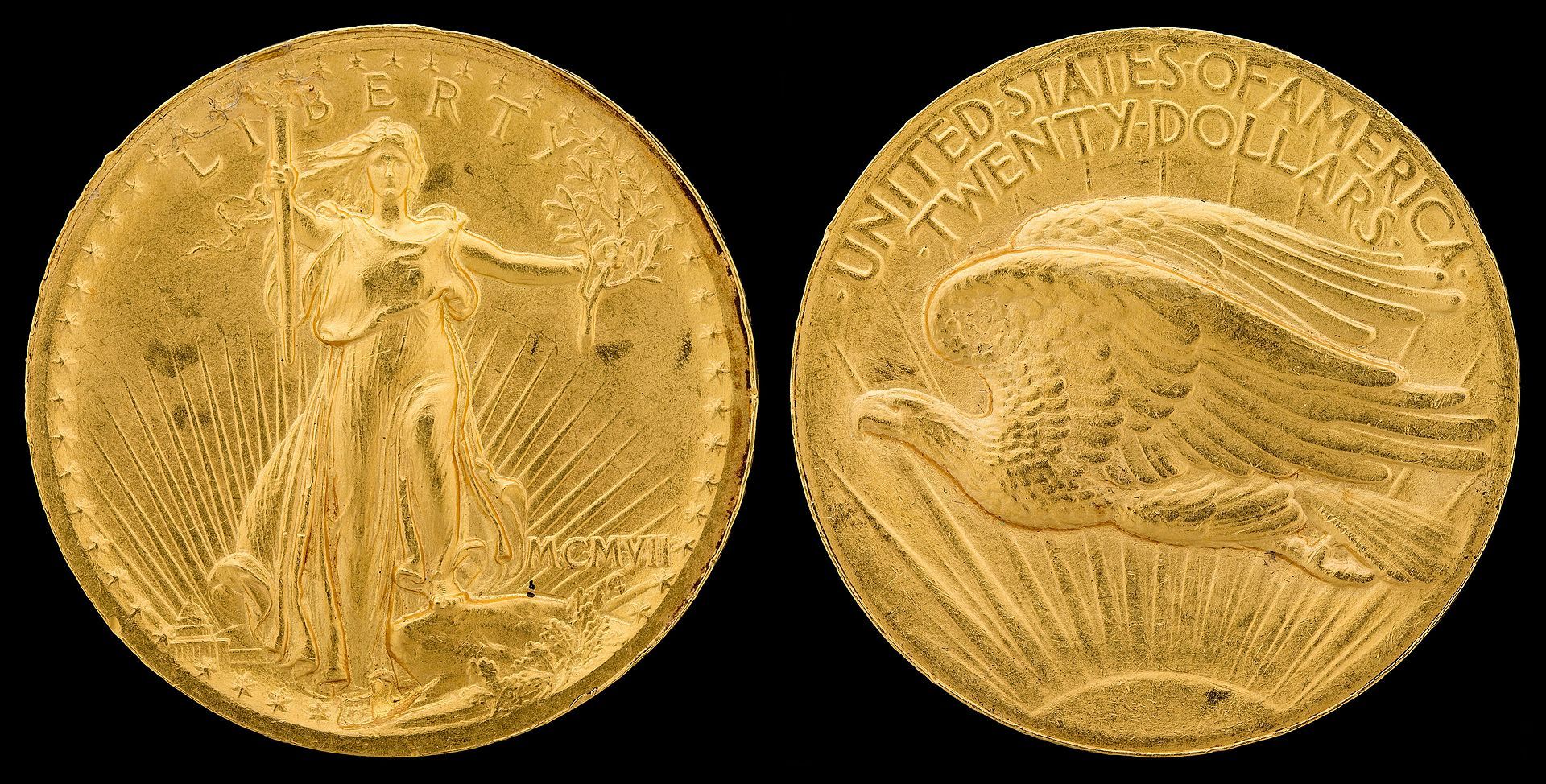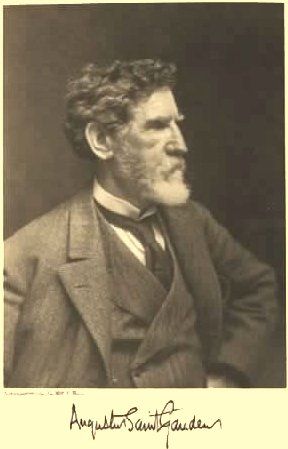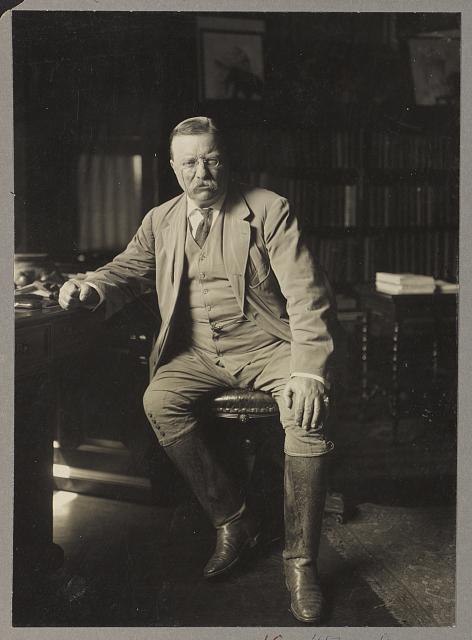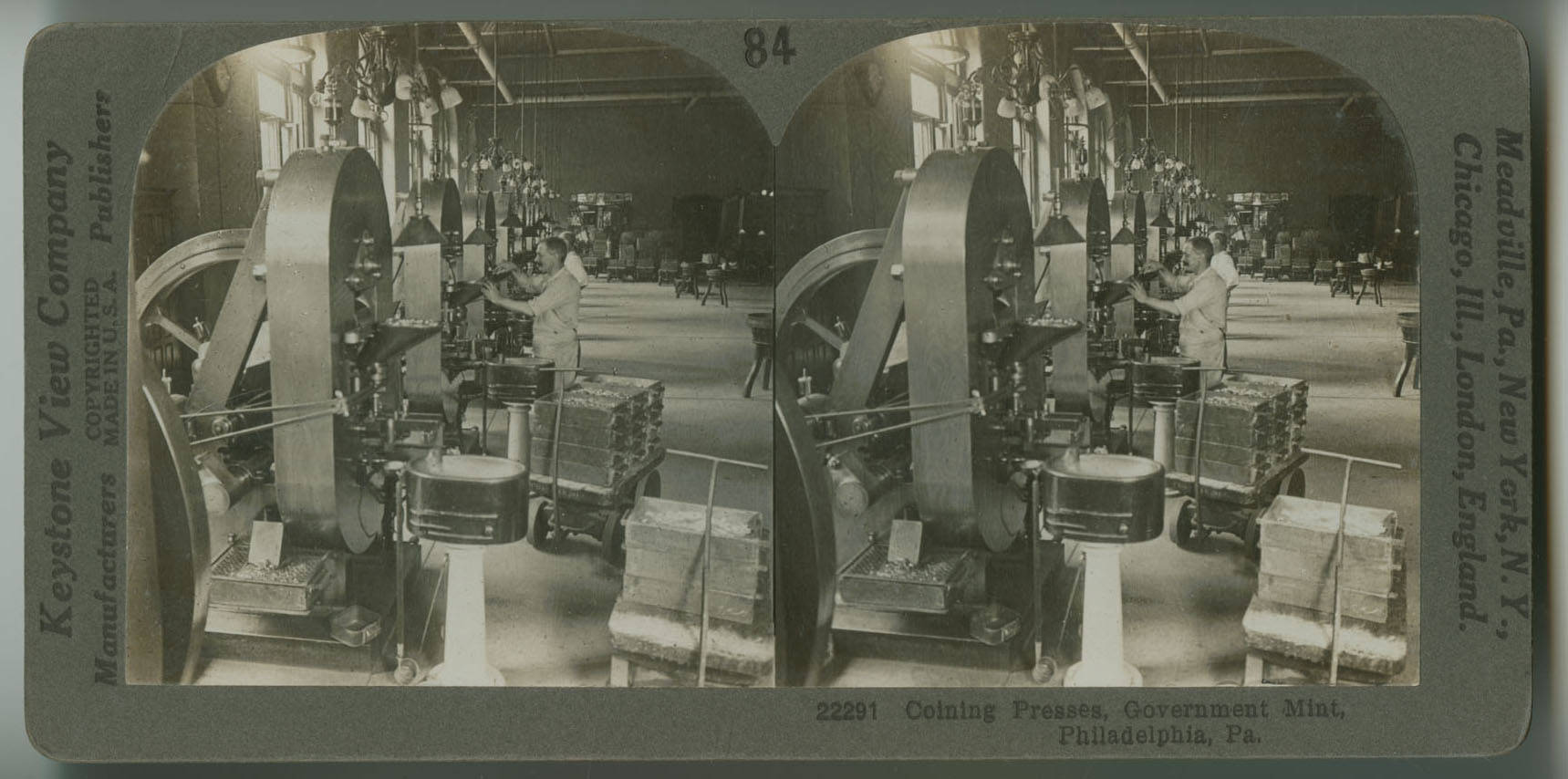This page contains affiliate links. If you use these links to buy something we may earn a commission. Thanks.
The Most beautiful gold coin ever produced
The Most Beautiful Coin The U.S. Ever Produced

Saint-Gaudens Double Eagle
Commonly dubbed “The most beautiful coin the U.S. ever produced” the Saint-Gaudens Double Eagle is simply a stunning gold coin.
Featuring a full figure Lady Liberty striding forward with an olive branch and a torch in the other hand. Behind her we see the Capitol building and the sun rising behind it.
On the reverse side is an eagle flying in front of the sun to complement the obverse side. The motto In God We Trust is along the edge of the sun at the bottom.
Who Was Saint-Gaudens?
Augustus Saint-Gaudens was born In Ireland on March 1, 1848 to a French father and Irish mother. Six months later the family immigrated to America and raised Augustus in New York City.
After studying art in New York City, he went on to travel abroad to Europe to further his artistic study and training in architecture.
After some time in Paris, he traveled to Rome to work on commissions and continue studying architecture. While there he met a deaf American art student named Augusta Fisher Homer.
Seven years later in 1877 they were married. They had one son together, combining their last names, they named him Homer Saint-Gaudens.
Saint-Gaudens was commissioned for numerous pieces during his life, including the bas-relief of the Robert Gould Shaw memorial on Boston Common, and the tribute to William Tecumseh Sherman, with a lady Victory leading the way.
The lady Victory in this memorial was modeled after Hettie Anderson, an African-American model whom Saint-Gaudens was enamored with. Referring to her as “Goddess-like” He went on to use her as the model for the double eagle.
Chief Engraver Charles E. Barber
In order to understand the events that finalized the design of Saint-Gaudens coins, we have to introduce another man.
Chief Engraver of the Philadelphia Mint, Charles E. Barber, had no love for Augustus Saint-Gaudens. Saint-Gaudens had publicly criticized him in the past about his work, suggesting that his work was sub-par to the engravers he was used to working with in Paris.
It certainly didn’t help that this opinion was also held by much of the public. Barber was commonly criticized for his “boring” designs. I imagine he wasn’t too happy about another man, who’s not even a Mint employee designing the new coinage after the president calls the current coins atrocious. Much of which were his own designs.
Barber was born in 1840 in London, he was the son of an engraver named William Barber. William Barber went on to become the chief engraver of the Philadelphia Mint.
In 1869 Charles’ father hired him as the assistant engraver at the Mint. Charles had no previous artistic experience in life, he didn’t study art or architecture. But engraving clearly ran in his blood.
When designing coins for circulation, it was necessary to keep the relief as low as possible in order to extend the life of the die. Charles and his father William spent much of their time with this being the goal, rather than a coin of artistic beauty.
There are a few coins today collectors avidly look for that Barber designed, he’s mostly known for the line of Barber coins, as well as the Liberty Head V Nickel only 5 of which are known to exist.
Theodore Roosevelt Commissions The Coinage
In 1905 Theodore Roosevelt chose Augustus Saint-Gaudens to design the new coinage of the 20th century, calling the current coinage “atrocious hideousness”
Saint-Gaudens began work on designing the coins. Roosevelt wanted the coins in a high relief similar to the Greek coins he held in high regard. Augustus proposed a coin somewhere in between the high relief of Greek coins and the very low relief of modern American coins.
Roosevelt and Saint-Gaudens knew that the Mints’ outdated equipment wouldn’t be capable of producing a high relief coin, but Roosevelt wanted to go ahead with it anyway.
Designing the Double Eagle
Saint-Gaudens’ design for the double eagle had the full figure of Lady Liberty modeled after Hettie Anderson. The African-American model whose likeness he’d previously used for other sculptures.
The figure had open wings, and an American shield in her left hand, with a torch in her right. He sent it to Roosevelt, stating “My idea is to make it a living thing, and typical of progress”.
The shield was later changed to an olive branch, the symbol of peace, and the wings were removed to bring more attention to Lady Liberty herself. Originally the Lady Liberty wore a Phrygian cap. This was replaced by a Native-American headdress, which was eventually omitted since it was too hard to tell what it was from the front facing view.
Saint-Gaudens left out the motto “In God We Trust” with Roosevelt stating that to put the Lord’s name on money was “akin to sacrilege”. At the time it was not legally required for the motto to be on the coins.
Many people were not pleased with this decision, and Roosevelt faced much backlash for it. When the coins were released, congress quickly ruled the motto mandatory on all U.S. coinage, and the motto was later added to the double eagle.
Striking the Coin
In 1907 the first design was sent to the mint for trial. This initial coin was an ultra high relief version. Saint-Gaudens knew that the U.S. Mint’s equipment would not be able to properly strike a coin with the relief he wanted.
This original design was sent to test what the equipment could handle, it took 9 strikes to get all the details into the coin. Far too many to produce the quantity of coins needed. Augustus took this into account and redesigned the coin with a lower relief.
After sending the new design back to the Mint, Barber outright rejected it, stating it was still too high of a relief. Trying as hard as ever to delay or even completely prevent the new coins from being produced.
With Gaudens cancer worsening, he was unable to continue working on the coin. His assistant Henry Hering did most of the work for him, including bringing the coin to the Mint for the practice strikes.
Death of the Designer
Augustus Saint-Gaudens passed away August 3, 1907. He had not completed designing the new coinage. The only coin that was complete was the Indian Head he had originally intended for the one cent piece. Roosevelt liked the design so much though he had it put onto the $10 Gold Eagle.
Barber continued working on the double eagle design, experimenting with lower relief and changing the original Roman numeral date to Arabic numerals, as well as adding the motto “In God We Trust”
Barber lowered the relief more and more until they were able to rapidly strike coins for circulation. Unfortunately much of Saint-Gaudens original detail and beauty was lost in this process.
Legacy of the Saint-Gaudens Double Eagle
Saint-Gaudens Double Eagle went on to be produced for 26 years, until the end of the series in 1933. There were three types of the coin produced in this time, the first type was about 12,260 of the high reliefs of 1907, these were the first to be released into circulation.
The second type was the lower relief coins without the motto “In God We Trust” these were the coins that Barber had severely lowered the relief of. This was also the set of coins that Barber had changed the Roman numerals to Arabic numerals. About 360,000 of these coins were minted.
The final type included the motto “In God We Trust” now legally mandatory to be on all U.S. coins. This is the type that ran until 1933.
In 1933 Franklin D. Roosevelt signed executive order 6102, pulling all gold coins from circulation.
Since the Philadelphia Mint had already begun production on the 1933 issue of the Double Eagle, the new order prevented them from being released. Several of the coins made it into prominent collectors and coin dealers collections before the order was signed.
After the order was signed, it was and is still illegal to own one of these coins.
Revival of the Saint-Gaudens Double Eagle
In 1986 the Saint-Gaudens Double Eagle was revived. The U.S. mint reused the obverse side of the double eagle for the new American Gold Eagle coin. 1986-1991 featured the Roman numerals Augustus Saint-Gaudens had originally intended for the coin.
In 2009 the U.S Mint released ultra-high relief double eagles, with the intent to fulfill Saint-Gaudens vision for the coin. These also featured the date in Roman numerals. All 115,000 were minted at the West Point Mint, but none of the coins bear the “W” mint mark.
Final Thoughts
We thoroughly enjoyed researching the story behind this beautiful coin. We hope you’ve learned some new things. It is a rich history, and people love to be able to relate to a time period or an event that happened in the past.
I would say this coin definitely has a few events tied to it! Can you imagine the coins that would have been produced had Saint-Gaudens not passed away? Or even if Barber hadn’t tried so hard to delay them. Would Saint-Gaudens have been able to complete them? We’ll never know the answers, but they are entertaining to consider.
Post Image credited to Saint-Gaudens Double Eagle US Mint (coin), National Numismatic Collection (photograph by Jaclyn Nash), National Museum of American History.
All Rights Reserved | CoinCollecting.com




